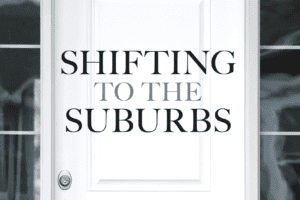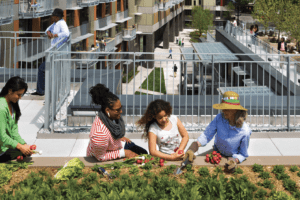
The investment community can have an active role in an equitable economic recovery—but it will require the necessary discomfort of recasting the traditional risk/return framework.

The investment community can have an active role in an equitable economic recovery—but it will require the necessary discomfort of recasting the traditional risk/return framework.

The Brookings Institution looks at structural market trends to facilitate a more transparent and inclusive conversation in real estate.

Non-US-based investors face the disclosure regime of the Corporate Transparency Act. What do you need to know?

A new white paper from New York Life Real Estate Investors looks at climate and flood risks affecting commercial real estate in cities across the US.

We are particularly interested in informed ideas, research, and analyses that provide original insights on regular topics—and especially those ideas that challenge popular assumptions.

The latest joint report from the Praedium Group and SitusAMC looks at rising fiscal pressures on state and local governments, including large-scale changes accelerated by the pandemic.

How are shorthand labels like the “Sun Belt” and the “Rust Belt” shaping investment decisions? Should they?

AFIRE members and other readers of Summit Journal may notice that this issue looks a bit . . . different? That’s because it is.

The 2021 AFIRE International Investor Survey seeks your opinion on key challenges, opportunities, and future trends for US real estate.

The world is changing and so is the way we work. What are the steps investors and managers should take to set up office assets for the future?

Gone are the days when industrial was a niche sector not worth most institutional investors’ attention. But over the last five years, what is now called “logistics” in Europe has firmly established itself as one of the key sectors on par with office, retail, and residential.

The COVID-19 pandemic wrought massive shifts in behavior, as social distancing and other public health protocols reshaped our daily lives. Using alternative and traditional data analysis can help navigate the post-COVID-19 office investment landscape.

The pandemic has rekindled the old debate about real estate dynamics in cities versus the suburbs. But real estate is cyclical, so to see what the future holds, watch the fundamentals.

Is diversification in real estate portfolios about buildings or about the places where they’re built? How investors define their diversification strategies varies within the property level, and others, at the city level.

The shock provided by the global pandemic has roiled real estate markets around the world—which means that the quality and location of properties has never been more important. After the first year of COVID-19, opportunities come into view as a result of the seismic shifts in real estate.

The shock provided by the global pandemic has roiled real estate markets around the world—which means that the quality and location of properties has never been more important. After the first year of COVID-19, opportunities come into view as a result of the seismic shifts in real estate.

How business values in real estate focused on regeneration can support an informed and enhanced response to COVID-19.

Advancing automation, tech-driven amenities, and community building is key to winning—and keeping today’s tech-savvy residents. Tricon Residential provides insight on how to streamline the process.

Volatility in commercial real estate varies by metro and sector, and even with the wildcard of COVID-19, understanding what contributed to a market’s volatility in the past is useful for planning in the future.

It isn’t easy to accept the world as it is right now, but if we do, we will likely thrive.
Enter your email address and password associated with your membership to log into AFIRE.org. If you are unable to login through this popup, go to https://members.afire.org to reset your password. For questions, contact us.